Jean-louis Dessalles - Publications [See all papers] - [Selected Papers] - [Talks]
See also Books:
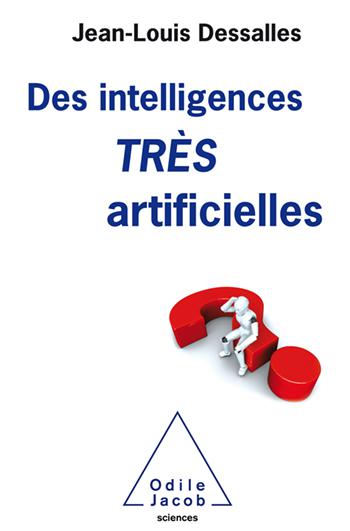

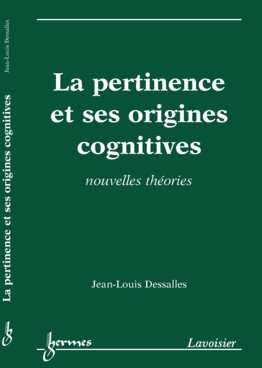
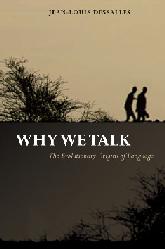
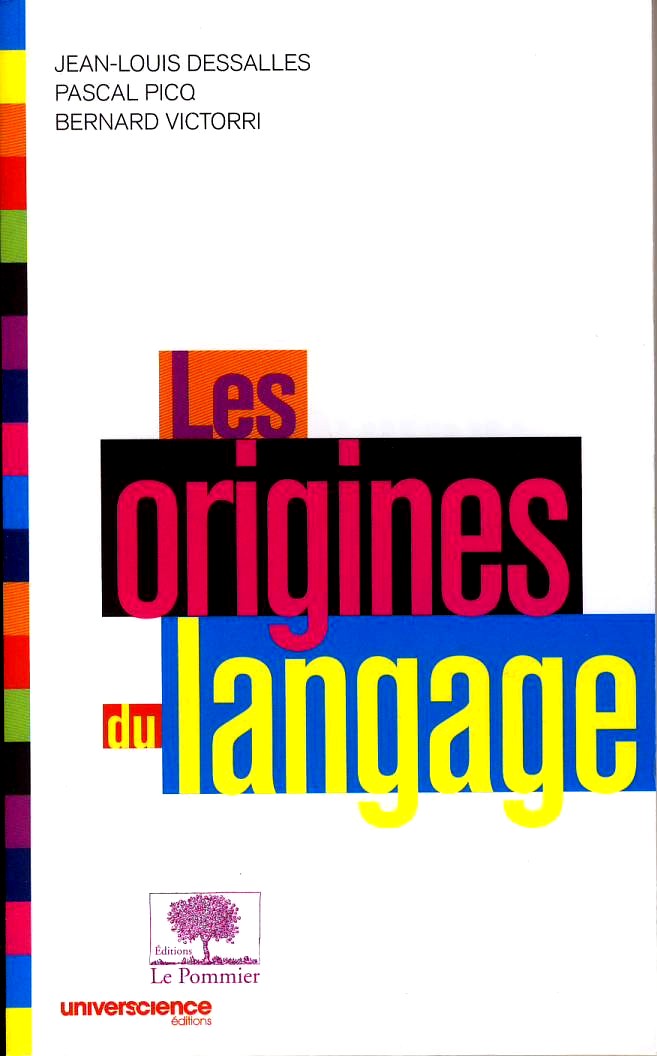
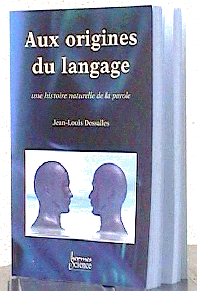

 Topics
Topics
 Social signals
Social signals
Evolutionary origins of language
Evolution and information
Simplicity Theory
Cognitive modelling of interest
Cognitive modelling of relevance
Cognitive modelling of meaning
Cognitive modelling of emotional intensity
Cognitive modelling of concept learning
Emergence as complexity drop
Qualia cannot be epiphenomenal
→ [ See all papers ] → [ Selected papers ]
Selected topic: Cognitive modelling of emotional intensity
| I am focusing, not on emotional quality, but on emotional intensity.
A major factor that controls emotional intensity is unexpectedness, as defined in Simplicity Theory. I studied the influence of complexity drop on the emotion elicited by short stories, and more systematically on the experience of near miss. This research naturally extends to models of moral dilemma and moral judgments. |
My 4 papers about EMOTION (but see my other papers)
-
Sileno, G., Saillenfest, A. & Dessalles, J.-L. (2017). A computational model of moral and legal responsibility via simplicity theory. In A. Wyner & G. Casini (Eds.), 30th international conference on Legal Knowledge and Information Systems (JURIX 2017), 171-176. Frontiers in Artificial Intelligence and Applications, 302.
Keywords: SIMPLICITY EMOTION
Responsibility, as referred to in everyday life, as explored in moral philosophy and debated in jurisprudence, is a multiform, ill-defined but inescapable notion for reasoning about actions. Its presence in all social constructs suggests the existence of an underlying cognitive base. Following this hypothesis, and building upon simplicity theory, the paper proposes a novel computational approach.
→ Download PDF Share: -
Dessalles, J.-L. (2011). Simplicity Effects in the Experience of Near-Miss. In L. Carlson, C. Hoelscher & T. F. Shipley (Eds.), Proceedings of the 33rd Annual Conference of the Cognitive Science Society, 408-413. Austin, TX: Cognitive Science Society.
Keywords: SIMPLICITY EMOTION
Near-miss experiences are one of the main sources of intense emotions. Despite people’s consistency when judging near-miss situations and when communicating about them, there is no integrated theoretical account of the phenomenon. In particular, individuals’ reaction to near-miss situations is not correctly predicted by rationality-based or probability-based optimization. The present study suggests that emotional intensity in the case of near-miss is in part predicted by Simplicity Theory.
→ Download PDF Share:
→ Slides -
Dessalles, J.-L. (2010). Emotion in good luck and bad luck: predictions from Simplicity Theory. In S. Ohlsson & R. Catrambone (Eds.), Proceedings of the 32nd Annual Conference of the Cognitive Science Society, 1928-1933. Austin, TX: Cognitive Science Society.
Keywords: SIMPLICITY EMOTION
The feeling of good or bad luck occurs whenever there is an emotion contrast between an event and an easily accessible counterfactual alternative. This study suggests that cognitive simplicity plays a key role in the human ability to experience good and bad luck after the occurrence of an event.
→ Download PDF Share:
→ Slides -
Dessalles, J.-L. (2007). Le rôle de l’impact émotionnel dans la communication des événements. In J. Lang, Y. Lespérance, D. Sadek & N. Maudet (Eds.), Actes des journées francophones ‘Modèles formels de l’interaction’ (MFI-07), 113-125. Paris: Annales du LAMSADE, Université Paris Dauphine.
Keywords: EMOTION
→ Télécharger une version PDF de cet article Share: